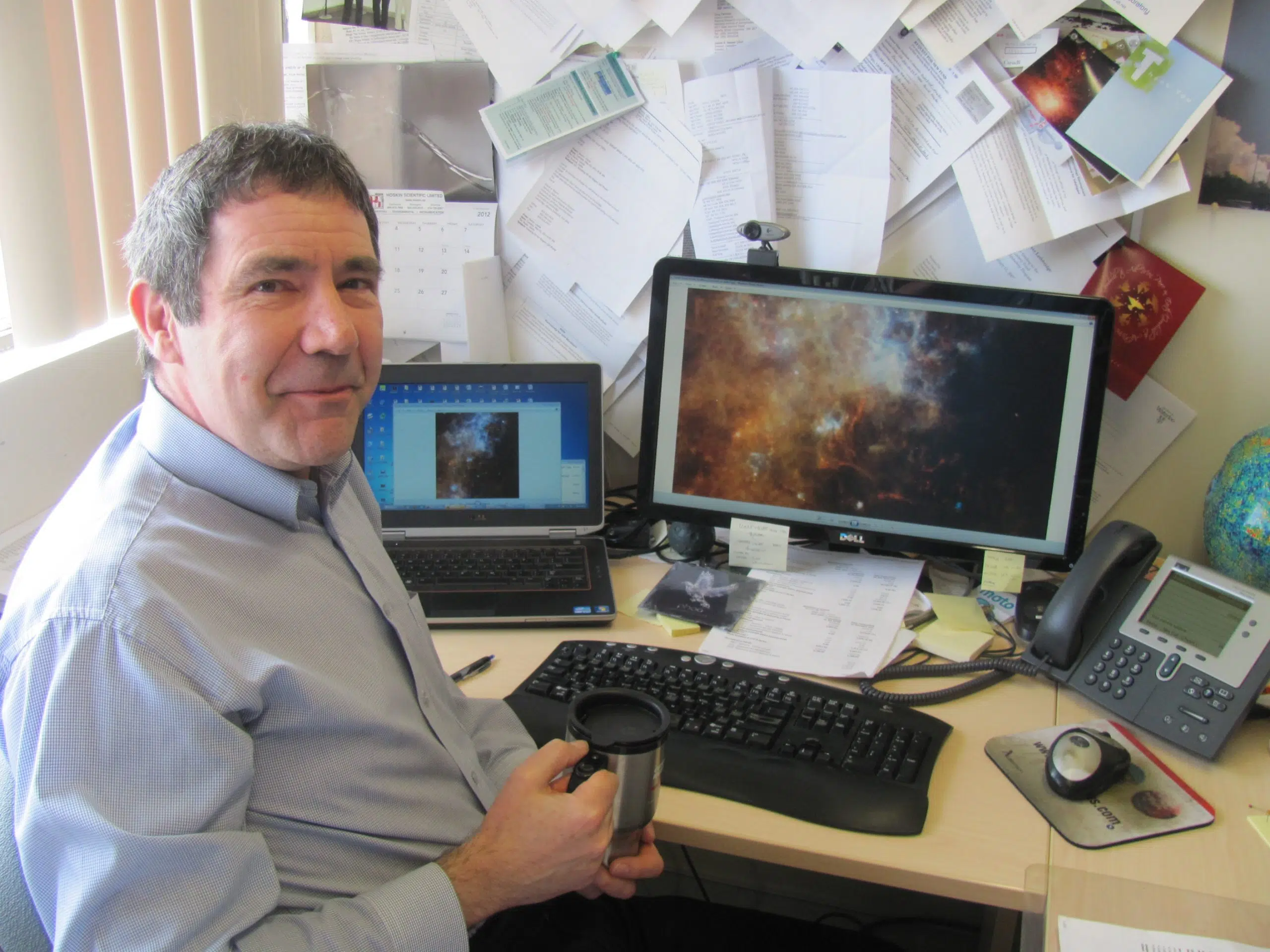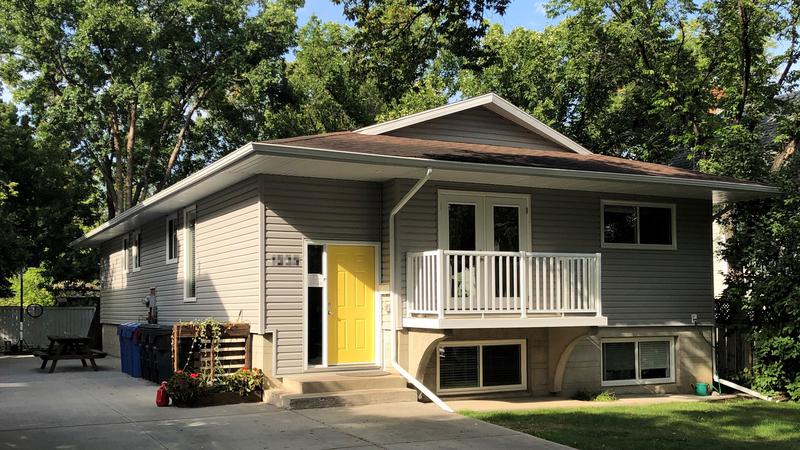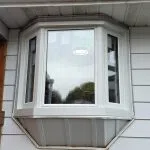
University of Lethbridge opens new scientific networking and research possibilities
LETHBRIDGE – The University of Lethbridge has become part of one of the most prestigious and advanced scientific research networks in the country, which could have far reaching economic, industrial and academic benefits in the near future.
Dr. David Naylor is the Board of Governors’ Research Chair in the Department of Physics and Astronomy, and head of the Astronomical Instrumentation Group (AIG). He says now that his department is part of the Composites Research Network (CRN), it will open up a plethora of opportunities with companies like Boeing and Airbus, to test and even potentially develop unique materials used in space missions and for the airline industry.
He explains what composites are: “Composites are a new brand of materials, that can be tailored to have unique properties.”
He explains that right now, we have materials and buildings made of concrete and steel, and while that is fine, they tend to be very massive and heavy. With composite materials, you basically make a weave, not unlike a suit.
“If you have a tweed suit, and if you then filled it full of glue, or something that would bind the suit material together, you’d end up with a very strong material. And so carbon fibre (reinforced plastics) are a new brand of composites, which are made of carbon fibre, which is immensely strong, and basically a glue (epoxy) that binds it all together.”
He says this results in super strong, extremely lightweight products. And these are the types of products that companies like Boeing, Airbus and NASA are very interested in. What the University of Lethbridge does then, is take those composites and test them in a highly specialized cryogenic lab; the only one of its kind in the entire country.
“If you’re buying a composite made bicycle, you don’t care if works at 4 degrees above absolute zero (-269 degrees celcius). But if you’re launching a rocket as Boeing is doing, or if you’re launching a satellite, then there is an interest at what happens at low temperatures. And so we see this as a wonderful opportunity for us to get involved with some big players.”
Dr. Naylor says he has also applied for a $2 million grant that would allow the university to build a complete fabrication facility, so his faculty can make its own materials in Lethbridge and work more closely with Boeing. He says he’ll know sometime in June if the grant is awarded to the U of L.
“We joined forces with CRN because we saw this as the future, but we also hopefully, by the end of summer, could have our own fabrication facility. We could be building things that go into space. That’s the plan.”


